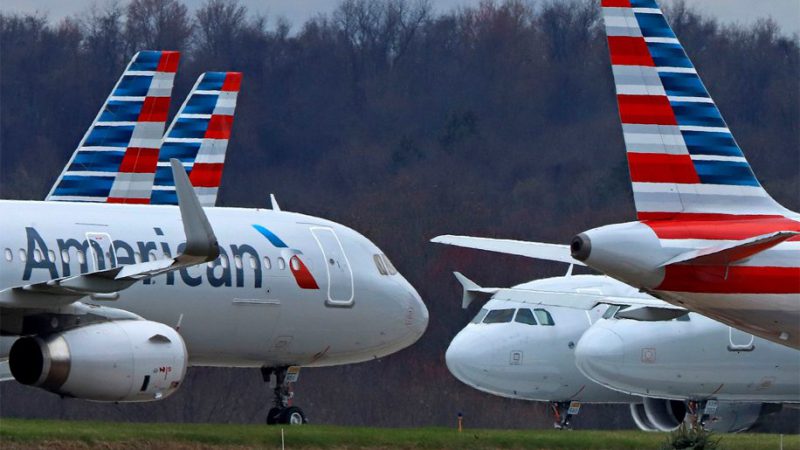American Unblocks Middle Seats Beginning July 1
American Airlines quietly acknowledges your next flight may be full and you may be sitting in the middle seat
June 29, 2020


Buried in a July 26 press release on an expanded “clean commitment,” American Airlines announced quietly that customers may be finding themselves on packed flights and in middle seats from July 1 onwards.
“As more people continue to travel, customers may notice that flights are booked to capacity starting July 1,” the airline said in the statement. “American will continue to notify customers and allow them to move to more open flights when available, all without incurring any cost. If space is available once boarding is complete – taking into consideration any aircraft weight or balance restrictions – customers may move to another seat within their ticketed cabin subject to availability.”
United is also booking to full capacity with the same notifications to customers. Delta, however, is continuing to block middle seats and is limiting capacity for seating at 60 percent in the main cabin and 50 percent in first class. Southwest and JetBlue continue to block middle seats, although all this can change at the drop of a dime, or more appropriately at the realization that more and more consumers want to fly and the airlines need to operate within profit margins.
As Business Traveler has previously reported, at a May 7 hearing of the Committee on Commerce, Science and Transportation on the impact of the COVID-19 pandemic on the airline industry, Dr. Hilary Godwin, Dean of the School of Public Health, University of Washington, was asked if masks provided protection when seated “three abreast” in a full flight. “A mask, while good, does not give you absolute protection from those sitting around you,” she responded. “Sitting farther apart from each other does,” she said.
Flight attendants are also concerned. In late April, the Association of Flight Attendants union, AFA-CWA, asked the US Departments of Transportation and Health and Human Services to restrict “air travel to only that necessary to continue essential services” concerned that the inability to distance in an aircraft was putting everyone at risk.
Industry analysts are also concerned for passengers, warning them that they must make decisions on the safety of flying for themselves.
Bill McGee, aviation adviser for Consumer Reports, says: “Consumer Reports is disappointed that American Airlines and other US carriers are not practicing social distancing and taking other steps to protect passengers during COVID-19, including blocking middle seats. But we’re even more disappointed that DOT Secretary Elaine Chao has not stepped up to provide meaningful guidelines and rules. Currently, airlines, airports and even states are patching together separate and often conflicting policies – leaving consumers unprotected and confused. We’ve publicly urged Secretary Chao to use the power of her office to address these issues immediately.”
Henry Harteveldt, travel industry analyst at the San Francisco-based Atmosphere research group says, “Physical distance on planes is an illusion unless you’re in business class on a wide body aircraft.” Calling the United and American’s policy of notifying flyers when flights are full “highly questionable,” Harteveldt said, “Flight attendants are furious. We have no federal policy governing this.”
In the absence of a Federal policy and perhaps even after one is implemented, it is up to the consumer to decide whether traveling on a full flight and possibly sitting in a middle seat is worth the risk.




